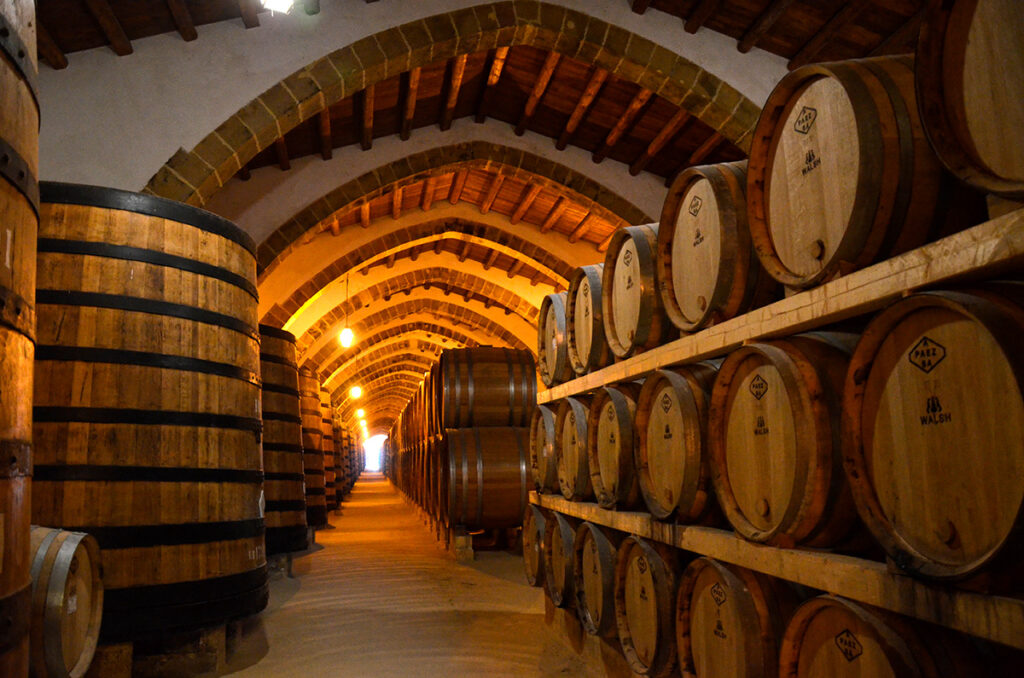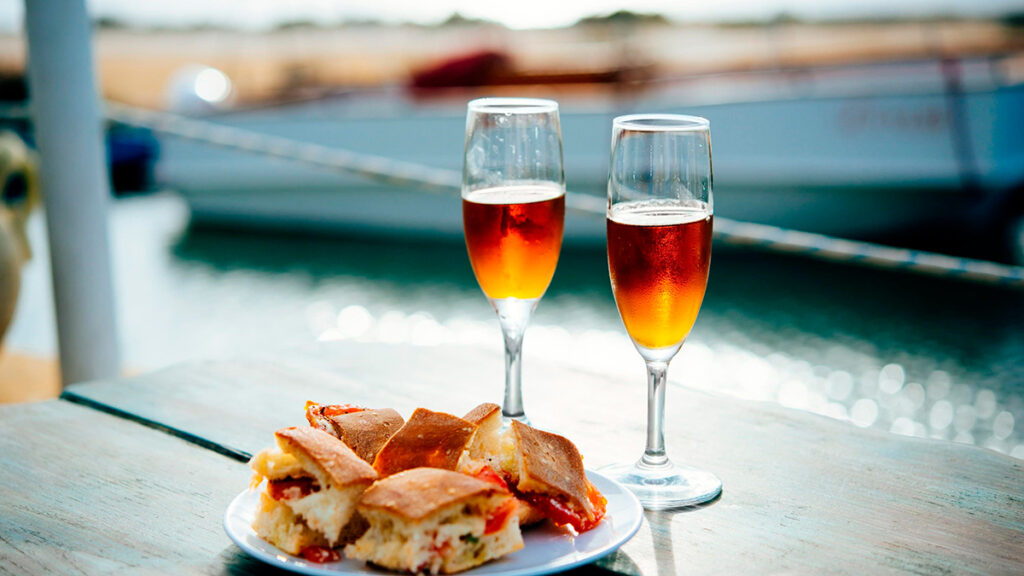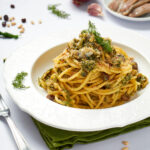It conquered a rich English merchant who landed in Marsala due to a storm: stories and characteristics of the first sicilian DOC wine
Telling the story and tradition of wine in Sicily, we could only start from that, in 1969, was the first sicilian wine to obtain the recognition of the Denomination of Controlled Origin (DOC): Marsala.
Symbol of the sicilian food and wine heritage, Marsala is a fortified wine that takes its name from the town of the same name in the province of Trapani.
The history of wine dates back to 1773, when an English merchant ship landed in the port of Marsala which was headed to Mazara del Vallo but which was forced, due to a storm, to take shelter in the first port along its route. In Marsala, the rich merchant John Woodhouse, originally from Liverpool, seems to have tasted for the first time the local wine popular at that time, the Perpetuum. It was a wine that was made using an aging method designed to preserve the characteristics over the years: the barrels that contained the partly consumed wine, in fact, were topped up with the newly produced one. The continuous mixing of different vintages helped to create a very complex wine but, at the same time, with very specific characteristics handed down from one vintage to another. It was a method very similar to the Soleras one, used in the production of some Spanish and Portuguese wines much loved by the English but which were becoming difficult to find due to the Napoleonic wars. Woodhouse was immediately struck by Marsala wine and, realising its potential in the English market, he immediately loaded a few barrels into his ship. To prevent it from undergoing alterations during the journey, he decided to add alcohol during the journey (probably brandy, but here the story is tinged with legend, with some variants that speak of an addition of whisky).

The wine that arrived from Marsala was immediately a success and this prompted Woodhouse’s son to move to Sicily and create a first winery. To do this, he used the buildings of the tonnara Cannizzo, which were abandoned at this time, near the town’s port. He was followed by many other Englishmen, including Benjamin Inghman. The arrival of so many investors favoured the expansion of viticulture in the area for the supply of the must necessary for the production of wine.
Production techniques also improved and the first Italian producers arrived. Among the most important we have Vincenzo Florio, who brought his experience in the tuna trade to the wine sector: he created a baglio that belonged to his family which over time would become one of the most famous producers of Marsala, with 99 ships around the world to export his wine. The recognition of the DOC in 1969 brought great benefits to Marsala wine, protecting the production from those who sold poor quality wines under this name and relaunching the brand in the world.
According to the DOC recognition, Marsala can only be produced in the province of Trapani, with the exception of the islands of Pantelleria and Favignana and the town of Alcamo.
Marsala, with its alcohol content ranging between 15% and 22% by volume, is one of the liqueur wines.
Marsala wines are classified with different criteria.
Based on the colour we have Marsala gold (with Grillo, Cataratto, Damaschino and Inzolina vines, without the addition of must), amber (like the first but with the addition of cooked must higher than 1%) and Rubino (with black grape varieties such as Perricone, Nero d’Avola and Nerello Mascalese, with the addition of a maximum of 30% of white grapes and without adding must). Based on the sugar residue we have dry (with less than 40 g of sugar per litre), semi-dry (with less than 100 g of sugar per litre) and sweet (with more than 100 g of sugar per litre).
Finally we have a classification based on aging time: Fine (minimum one year of aging and no less than 17% in alcoholic strength), Superiore (minimum 2 years of aging and no less than 18% in alcoholic strength), Superiore Riserva (minimum 4 years of aging), Vergine and/or Solares (minimum 5 years of aging and absolute ban on adding must) and Vergine Stravecchio/Riserva or Solares Stravecchio/Riserva (minimum 10 years of aging and ban on adding must).
The Solares Method is not obligatory, but is still used by some producers. According to this aging method, which is typical of fortified wines, the barrels are arranged one above the other forming a pyramid. The row closest to the ground contains the oldest wine, ready to be tapped and bottled. Higher there is the younger wine. Every year a part of the wine from the barrels below is replaced with the same part from the barrel above, with wines from different vintages which, when combined, generate a complex product. The Solares Method, therefore, remembers, evolving it, the production and aging methods that already in 1700, when John Woodhouse arrived on the coast of Marsala, characterised the Perpetuum. Marsala wine is a multiform and complex product which, thanks to its many varieties, can be combined with different types of dishes: meats, cheeses, pastries… each dish can be supported by the right variety of Marsala.
Today there are many producers of Marsala. Among the most prestigious wineries are Cantine Florio, Cantine Pellegrino, Cantine Intorcia, Cantina Martinez, Baglio DiAr, Alagna Vini, Baglio Donna Franca Ansaldi, Baglio Oneto, Caruso & Minini, Curatolo Arini 1875, Donnafugata, Az. Agr. Fabio Ferracane, Mastro Baglio, Rallo Estates, Vinci Vini.
To find out where are the best wineries in Marsala, and beyond, just check our WineryMap, a paper map, which can also be viewed online, created to raise awareness of the wineries that offer the company tour service and the tasting of their wines. Consult them on the passionesiciliaedizioni.it.





Comments are closed.